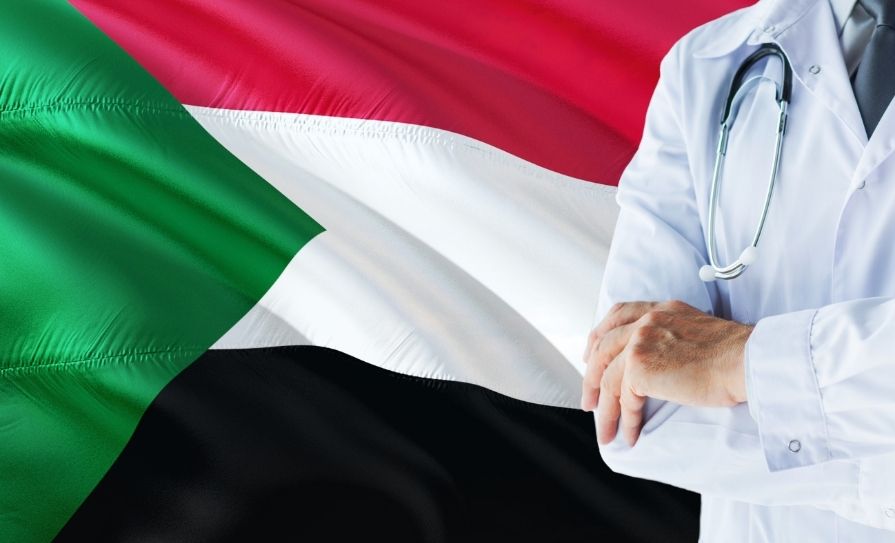Australia has issued 402 work visas to Irish doctors in 2022 so far, compared to 272 in 2019, the IMO AGM has heard.
The figures were revealed by senior lecturer in the RCSI Graduate School of Healthcare Management, Dr Niamh Humphries, who was addressing a session on the key issues facing the health service post-pandemic. She also spoke about the challenge of recruitment and retention.
According to Dr Humphries, from a manpower point of view, there were four key challenges facing the health services: weak doctor retention; difficult working conditions; wellbeing and work-life balance; and an absence of hope.
She also said that efforts to improve the health system through initiatives such as Sláintecare, and in the context of an aging population, were reliant on our ability to recruit and retain more doctors.
On difficult working conditions, Dr Humphries said that Ireland fared particularly poorly in relation to the number of consultants. In Ireland, there were 71 per 100,000 population, whereas, in Australia, the figure was 133 per 100,000. Similar in terms of the ratio of NCHDs to consultants, in Ireland, the ratio was 2.28:1, while in Australia the figure was 0.8:1.
Service in Ireland was also characterised by long working hours, high work-intensive and working at a fast pace, in what Dr Humphries described as an “extreme” way of working.
Speaking at the same session, lecturer and health economist from the UCC School of Economics, Dr Brian Turner highlighted the relative shortage of beds per head of population in Ireland compared to the OECD average.
In 2019, Ireland had 2.9 hospital beds per 1,000 population compared to 4.4 per cent which is the average in the Organisation for Economic Co-operation and Development (OECD). Ireland has 5.2 adult intensive care beds per 1,000 of the population compared to 14.1 on average in the OECD countries.













Leave a Reply
You must be logged in to post a comment.